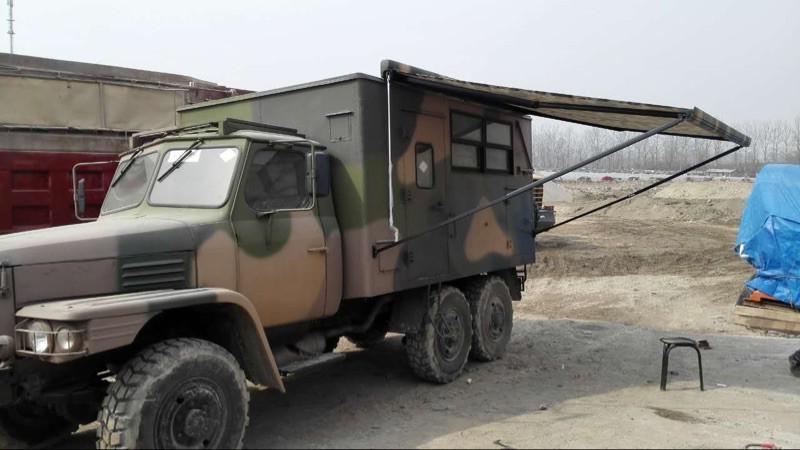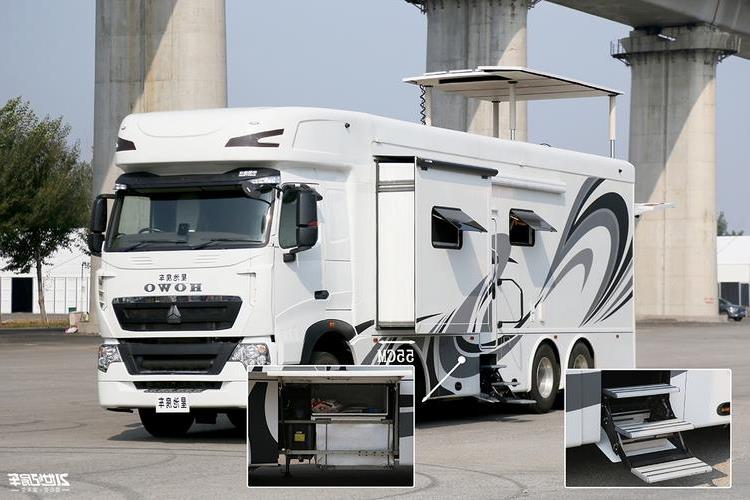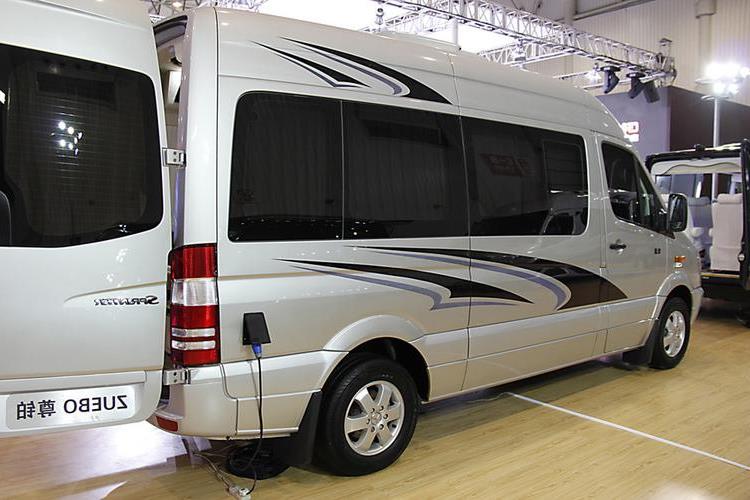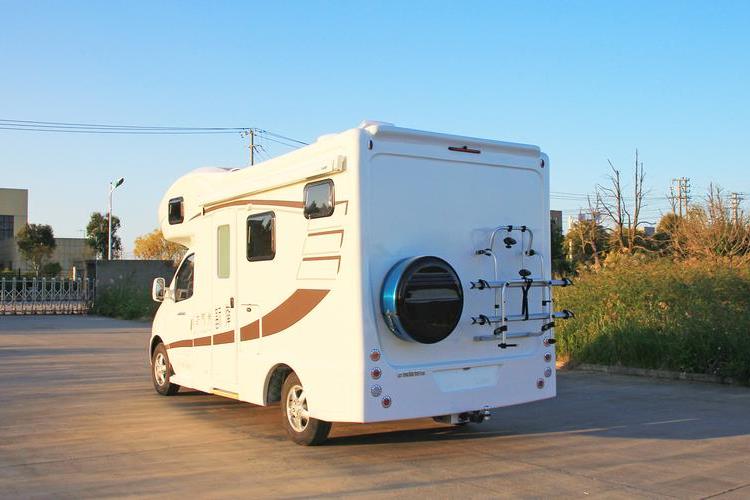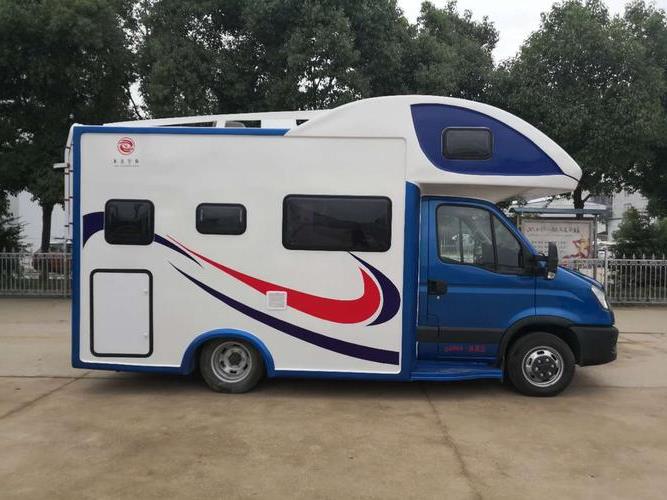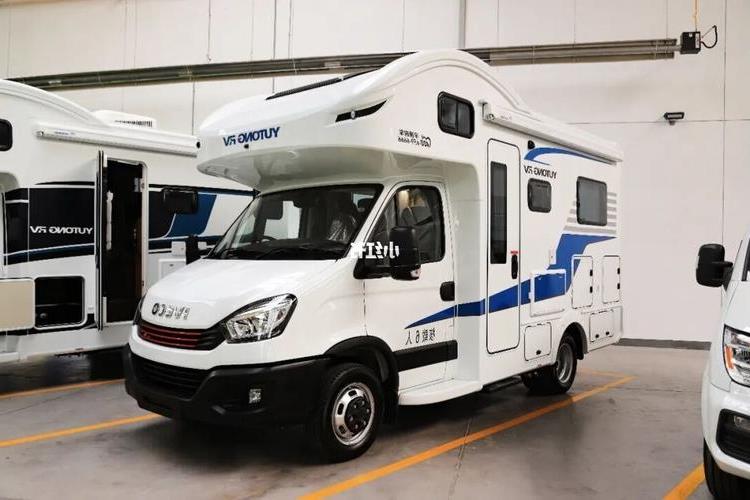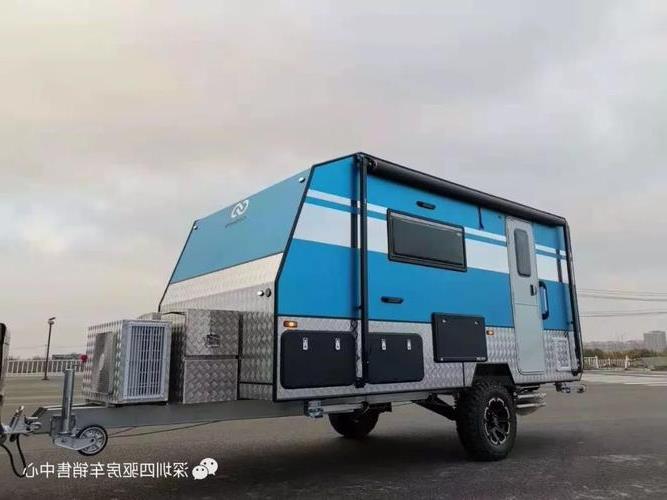Best Rv Roof Material
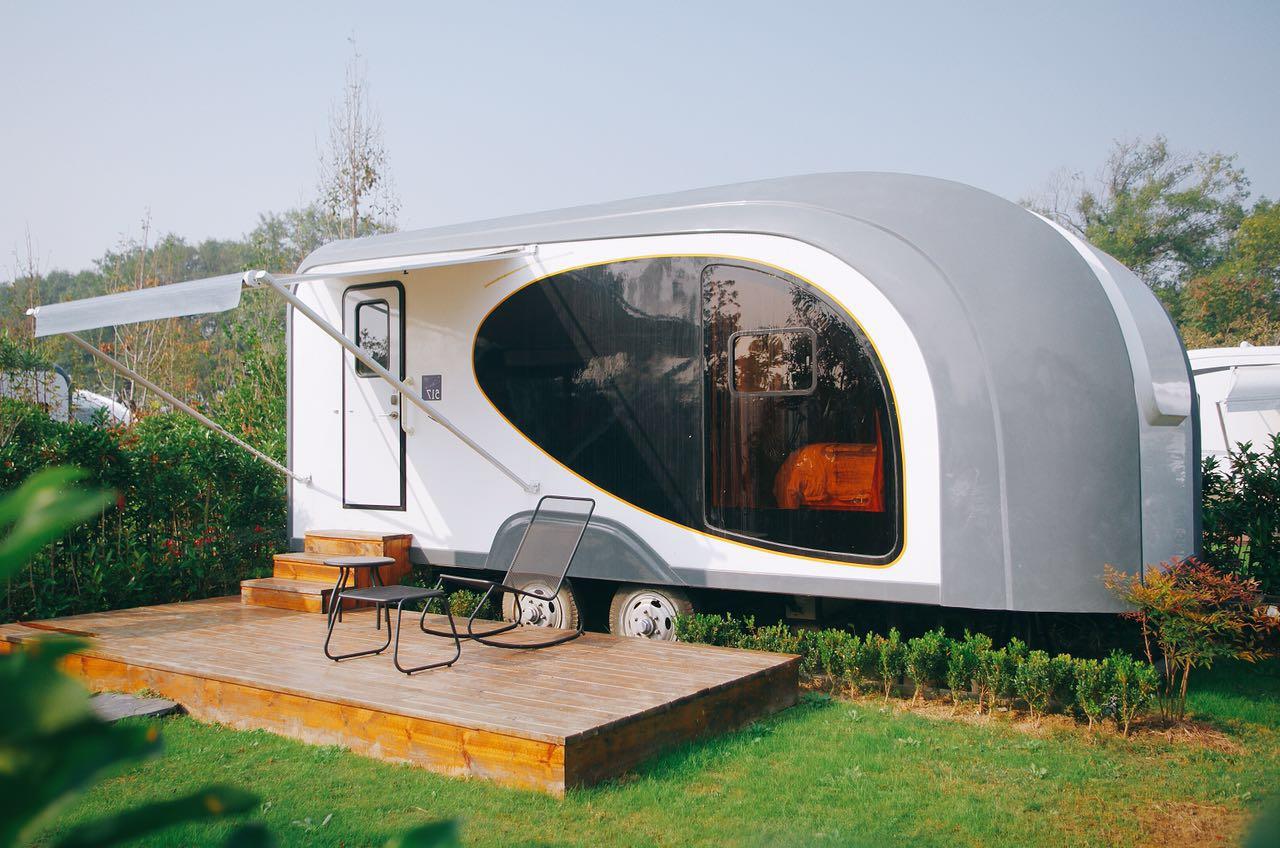
Are rubber roofs good in RVS?
It turns out there are several reasons. Rubber roofs are cheaper to maintain or repair, have low weight, are less slippery, and less likely to have weather damage. If you own an RV or camper, you may be wondering which type of roof you have. In short, aluminum and fiberglass roofs are hard.
What is an RV TPO roof?
What is a PVC RV roof?
PVC RV roofing is single-ply roofing with a few advantages: It’s long-lasting, which helps you save money on long-term repairs. This allows you to focus on other areas of the RV when it comes to investing time and energy into your RV maintenance.
How long do RV rubber roofs last?
Although most rubber roofs are guaranteed for 10-12 years and can easily last for 20 when well cared for, a snagged tree branch can tear the roofing membrane.
How much does it cost to replace a rubber roof on an RV?
How much does it cost to replace an RV Rubber roof? Expect to pay between $3,000 and $8,000, depending on the size of the RV roof. Paying $300 per foot is typical for most RVs.
What is better TPO or PVC?
While PVC offers better resistance to puncture and weathering, TPO (like PVC) is recyclable and environmentally friendly. However, TPO is also less resistant to chemicals than PVC, so it is not the optimal choice where grease or harsh chemicals are involved.
Is TPO and EPDM the same?
TPO is a blend of polypropylene and ethylene-propylene rubber. EPDM stands for Ethylene Propylene Diene Monomer. It is a synthetic rubber derived from oil and natural gas (ethylene propylene).
What is Alpha ply roof material?
Alpha-Ply is a combination of thermoplastic and EPDM technology that provides the stretch-ability and toughness of EPDM, yet incorporates the ultra lightweight properties required for today’s super light recreational vehicles. 33% lighter and more durable than rubber roofing!
What is Tufflex PVC roofing?
The Tufflex? PVC Roofing is a non-fleece backed PVC material that is punture resistant and tear resistant. Tufflex is flexible with all the advantages of EPDM. Highly flexible for easy installation. Tear & puncture resistant. Remains flexible throughout its lifetime.
How do you maintain a PVC RV roof?
One of the best things about PVC roofs is that, unlike rubber roofs, they don’t require any special UV coating! Just give them a little TLC with soap and water, and you’re good to go.
What does a PVC RV roof look like?
Are fiberglass RV roofs good?
Fiberglass RV roofs are thick and hard to the touch. Also, it is costlier than the two types of RV rubber roofs, but a lot more durable with branches or hail. It is quite durable and entertains low-risk of damages. It is resistant to rust, rot, and fire.
Can you walk on a rubber RV roof?
How often should RV roof be resealed?
First off, let me answer the popular question of “How often do I need to reseal my RV roof?”. Of course it’s case by case, roof by roof, but the recommendation is to reseal your roof each and every year. Every 10 years it is recommended to replace the entire roof, failure to do so will cause leaks.
Does Flex Seal work on RV roofs?
So now we know that Flex Seal is good for RV roofs, but it’s not always the best option. There are other products that you may want to keep on hand specifically for roof repair, but Flex Seal products are great for many purposes! They’re tough and versatile, so it never hurts to keep some on hand.
Does Flex Seal work on RV rubber roofs?
Yes, you can safely use Flex Seal on your RV roof. Flex Seal will adhere to almost any surface including wood, metal, aluminium, plastic, fibreglass, rubber, or vinyl or just about any dry surface ( or even wet).
How long will a TPO roof last?
It comes in a variety of thickness ranging from 45 mil to 80+ mil which can fit within a wide variety of budgets. 80-mil TPO roofs come with up to a 25-year warranty and with the appropriate maintenance, it is not uncommon for a TPO roofing system to last as long as 30 years.
How long does a PVC roof last?
With proper maintenance, a PVC roof can last up to 30 years.
Is TPO a rubber roof?
TPO, which stands for Thermoplastic Polyolefin is possibly the fastest growing commercial roofing system on the market. The name is a bit misleading, because rather than being plastic, TPO is one of a few different types of rubber, usually a blend of polypropylene and ethylene-propylene rubber.
Is TPO roofing good?
TPO is very good at resisting dirt build-up, punctures, and tears as well. The use of TPO on your roof can mean lower cooling costs due to UV resistance. While TPO is energy efficient, it is also made from environmentally friendly products. So, TPO can actually help to lower carbon emissions.
Is PVC roofing better than EPDM?
Comprised of synthetic rubber, an ethylene propylene diene monomer (EPDM) roofing membrane offers superior weather resistance while remaining a cost-effective option. PVC, on the other hand, delivers exceptional seam strength; in fact, heat-welded PVC seams are stronger than the PVC roofing membrane itself.
What is superflex roofing material?
SUPERFLEX Roofing Membrane is an Olefin-based single-ply membrane that is approximately half the weight of EPDM. SUPERFLEX Roofing Membrane is very stretchable and conforms to the multiple contours of todays RVs in a clean, chalk-free non-fade membrane.
What is Alpha rubber?
GASKETS & RUBBER SEALINGS Alpha gasket and sheet rubber products are formulated to meet commercial grade specifications for light duty applications as well as more demanding specifications required for such critical applications as military, construction and aerospace uses.
What is EPDM rubber roofing?
What is EPDM? Ethylene Propylene Diene Monomer (M-class), or EPDM, is a synthetic rubber that is extremely durable and used across a variety of applications. EPDM is heat and weather resistant with its two main ingredients derived from natural gas and oil, making it an ideal flat roofing material.
Can you use Dicor on PVC roof?
Dicor’s HAPS Free Self-Leveling Lap Sealant creates a secure, secondary seal along the roof’s edges, air vents, vent pipes and screw heads. Compatible with EPDM, TPO and PVC membranes, it adheres firmly to aluminum, mortar, wood, vinyl, galvanized metal, fiberglass and concrete.

